Jina CLIP v2: Multilingual Multimodal Embeddings for Text and Images
Jina-CLIP v2, a 0.9B multimodal embedding model with multilingual support of 89 languages, high image resolution at 512x512, and Matryoshka representations.
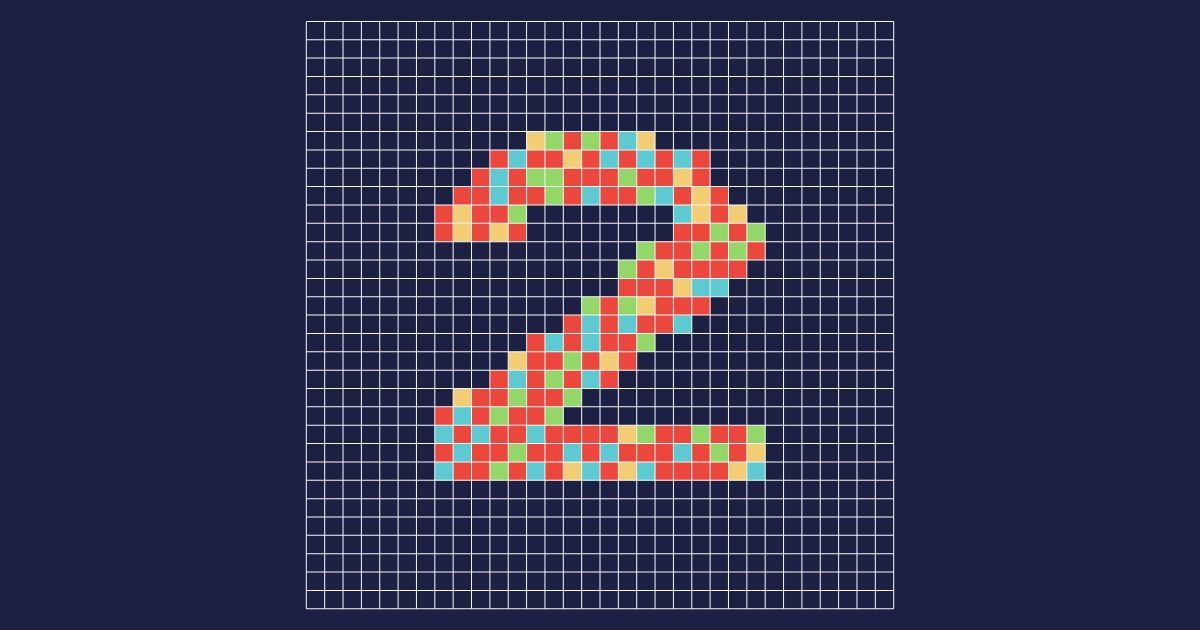
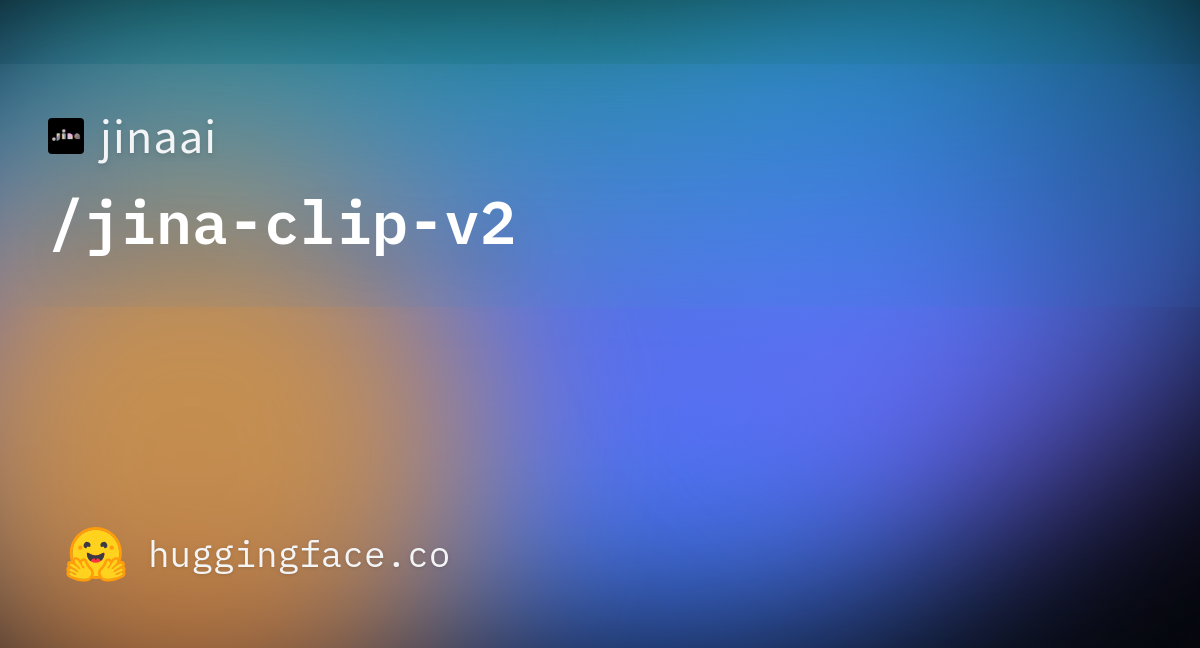

jina-clip-v2 API is available under the "Embeddings" tab.
Multimodal embeddings enable searching and understanding data across different modalities through a coherent representation. They serve as the backbone of neural information retrieval and multimodal GenAI applications. Today, we're excited to release jina-clip-v2, a new general-purpose multilingual multimodal embeddings built upon jina-clip-v1 and our recently released jina-embeddings-v3, featuring several key improvements:
- Improved Performance: v2 shows a 3% performance improvement over v1 in both text-image and text-text retrieval tasks. Similar to v1, v2's text encoder can serve as an effective multilingual long-context dense retriever. It performs on par with our frontier model
jina-embeddings-v3(currently the best multilingual embeddings under 1B parameters on MTEB). - Multilingual Support: Powered by
jina-embeddings-v3as the text tower,jina-clip-v2supports 89 languages for multilingual-image retrieval, showing up to 4% improvement compared tonllb-clip-large-siglipon multilingual image retrieval tasks. - Higher Image Resolution: v2 now supports 512x512 input image resolution, a significant increase from v1's 224x224. This higher resolution enables better processing of detailed images, improved feature extraction, and more accurate recognition of fine-grained visual elements.
- Matryoshka Representations: v2 allows users to truncate the output dimensions of both text and image embeddings from 1024 down to 64, reducing storage and processing overhead while maintaining strong performance.
Model Architecture

jina-clip-v2 is a 0.9B CLIP-style model that combines two powerful encoders: the text encoder Jina XLM-RoBERTa (the backbone of jina-embeddings-v3) and the vision encoder EVA02-L14 (an efficient vision Transformer developed by BAAI). These encoders are jointly trained to create aligned representations of images and text.
| Feature | Text Encoder | Image Encoder |
|---|---|---|
| Base Model | Jina XLM-RoBERTa | EVA02-L |
| Parameters | 561M | 304M |
| Input Specification | 8,192 tokens (max) | 512×512 pixels |
| Min Output Dimensions | 64 | 64 |
| Max Output Dimensions | 1,024 | 1,024 |
| Layers | 24 | 24 |
| Attention Mechanism | FlashAttention2 | xFormers |
| Pooling Strategy | Mean pooling | CLS pooling |
| Additional Features | 89 languages supported | Patch size 14x14 |
Cross-Modal Retrieval Performance
Jina CLIP v2 provides multilingual support for 89 languages and with top performance in major languages including Arabic, Chinese, English, French, German, Japanese, Russian, and Spanish. In multilingual image retrieval benchmarks, Jina-CLIP v2 (865M parameters) matches or surpasses NLLB-CLIP-SigLIP, a state-of-the-art CLIP-style model using a pre-trained text encoder from NLLB models. Our model sits between the two NLLB-CLIP-SigLIP versions in terms of size: nllb-siglip-base (507M parameters, 41% smaller than ours) and nllb-siglip-large (1.2B parameters, 39% larger than ours).
English-Only Text and Images
On standard cross-modal retrieval benchmarks (Flickr30k and COCO), jina-clip-v2 demonstrates strong improvements across the board. It achieves state-of-the-art performance of 98.0% on Flickr30k image-to-text retrieval, surpassing both its predecessor and NLLB-CLIP-SigLIP. The model shows consistent gains across all retrieval scenarios, with notable improvements of up to 3.3% over v1 on COCO image-to-text retrieval, while maintaining competitive performance with NLLB-CLIP-SigLIP across different benchmarks and modality directions.
Flickr30k Recall@5 Performance:
| Task | Model | Score | Δ v1 | Δ NLLB-L |
|---|---|---|---|---|
| Image-to-text | jina-clip-v2 | 98.0 | +1.7% | +0.9% |
| jina-clip-v1 | 96.4 | - | -0.7% | |
| nllb-siglip-large | 97.1 | - | - | |
| nllb-siglip-base | 95.0 | - | - | |
| Text-to-image | jina-clip-v2 | 89.8 | +0.9% | -2.6% |
| jina-clip-v1 | 89.0 | - | -3.5% | |
| nllb-siglip-large | 92.2 | - | - | |
| nllb-siglip-base | 90.0 | - | - |
COCO Recall@5 Performance:
| Task | Model | Score | Δ v1 | Δ NLLB-L |
|---|---|---|---|---|
| Image-to-text | jina-clip-v2 | 81.5 | +3.3% | +2.9% |
| jina-clip-v1 | 78.9 | - | -0.4% | |
| nllb-siglip-large | 79.2 | - | - | |
| nllb-siglip-base | 77.7 | - | - | |
| Text-to-image | jina-clip-v2 | 68.4 | +2.9% | -3.4% |
| jina-clip-v1 | 66.5 | - | -6.1% | |
| nllb-siglip-large | 70.8 | - | - | |
| nllb-siglip-base | 69.1 | - | - |
Multilingual Text and Images
On multilingual cross-modal benchmarks, jina-clip-v2 demonstrates robust performance, particularly excelling in image-to-text retrieval where it outperforms NLLB-SigLIP across all datasets, with up to +3.8% improvement on Crossmodal 3600. While NLLB-SigLIP shows slightly stronger text-to-image retrieval capabilities, the performance gap remains small, typically within 3%.
Image2Text Recall@5 Performance:
| Benchmark | Model | Score | Δ NLLB-L |
|---|---|---|---|
| Crossmodal 3600 | jina-clip-v2 | 83.23 | +3.8% |
| nllb-siglip-large | 80.16 | - | |
| nllb-siglip-base | 76.56 | - | |
| Multilingual MS Coco | jina-clip-v2 | 86.03 | +0.8% |
| nllb-siglip-large | 85.37 | - | |
| nllb-siglip-base | 84.87 | - | |
| XTD10 | jina-clip-v2 | 85.98 | +0.7% |
| nllb-siglip-large | 85.41 | - |
Text2Image Recall@5 Performance:
| Benchmark | Model | Score | Δ NLLB-L |
|---|---|---|---|
| Crossmodal 3600 | jina-clip-v2 | 81.43 | -0.8% |
| nllb-siglip-large | 82.07 | - | |
| nllb-siglip-base | 79.29 | - | |
| Multilingual MS Coco | jina-clip-v2 | 84.87 | -3.1% |
| nllb-siglip-large | 87.60 | - | |
| nllb-siglip-base | 86.23 | - | |
| XTD10 | jina-clip-v2 | 85.03 | -3.0% |
| nllb-siglip-large | 87.63 | - |
Text-Only Dense Retriever Performance
Similar to its predecessor, jina-clip-v2's text encoder can serve as an effective multilingual dense retriever. On the comprehensive Multilingual MTEB benchmarks, it achieves strong performance, reaching 69.86% on retrieval and 67.77% on semantic similarity tasks. These results demonstrate its versatility, performing competitively with our specialized text embedding model jina-embeddings-v3:
| Task | Model | Score | Relative to v3 |
|---|---|---|---|
| Retrieval | jina-clip-v2 | 69.86 | -3.8% |
| jina-embeddings-v3 | 72.59 | - | |
| Semantic Similarity | jina-clip-v2 | 67.77 | -2.9% |
| jina-embeddings-v3 | 69.81 | - |
On English tasks, jina-clip-v2 shows consistent improvements over both its predecessor and NLLB-SigLIP, with particularly strong advantages in retrieval performance (nearly double NLLB-SigLIP's score).
| Task | Model | Score | Relative to v1 |
|---|---|---|---|
| STS | jina-clip-v2 | 81.29 | +0.5% |
| jina-clip-v1 | 80.92 | - | |
| nllb-siglip-large | 74.65 | - | |
| Retrieval | jina-clip-v2 | 49.33 | +2.1% |
| jina-clip-v1 | 48.33 | - | |
| nllb-siglip-large | 24.92 | - |
Matryoshka Representation Performance
Both text and image encoders support MRL, and their output dimensions can be truncated to 64 while maintaining strong performance. Our embedding truncation evaluation revealed remarkable compression potential. Even an aggressive 75% dimensional reduction maintained over 99% performance across text, image, and cross-modal tasks.
Image Classification
Across 37 diverse image classification benchmarks, the image encoder shows strong resilience to truncated dimensions. Compressing from 1024 to 64 dimensions (94% reduction) results in only an 8% drop in top-5 accuracy and 12.5% in top-1, highlighting its potential for efficient deployment with minimal performance loss.

Cross-Modal Retrieval
Despite a dramatic 94% reduction to just 64 dimensions, cross-modal retrieval using both truncated image and text embeddings remained remarkably robust, preserving 93% of image-to-text and 90% of text-to-image performance.

Text-Only Retrieval
On English-only MTEB benchmarks, 64-dimension text embeddings (compressed from 1024) preserved semantic similarity remarkably well, dropping only 2.1%, while retrieval saw a modest 17.5% decrease.

Getting Started
Via API
The code demonstrates how to generate embeddings using Python's requests. Pass a text string with either a base64 image or URL, plus your desired dimension size (default 1024, shown as 768 below).
import requests
import numpy as np
from numpy.linalg import norm
cos_sim = lambda a,b: (a @ b.T) / (norm(a)*norm(b))
url = 'https://api.jina.ai/v1/embeddings'
headers = {
'Content-Type': 'application/json',
'Authorization': 'Bearer <YOUR_JINA_AI_API_KEY>'
}
data = {
'input': [
{"text": "Bridge close-shot"},
{"url": "https://fastly.picsum.photos/id/84/1280/848.jpg?hmac=YFRYDI4UsfbeTzI8ZakNOR98wVU7a-9a2tGF542539s"}],
'model': 'jina-clip-v2',
'encoding_type': 'float',
'dimensions': '768'
}
response = requests.post(url, headers=headers, json=data)
sim = cos_sim(np.array(response.json()['data'][0]['embedding']), np.array(response.json()['data'][1]['embedding']))
print(f"Cosine text<->image: {sim}")Remember to replace <YOUR_JINA_AI_API_KEY> with an activated Jina API key. You can get a free API key with a million free tokens from here.
Image Tokens Pricing
Our API counts both text and image tokens. For images, token consumption is based on the number of 512x512 pixel tiles needed to cover the entire image area. Each tile costs 4,000 tokens to process, including partially filled tiles. For optimal cost-efficiency, we recommend that API users resize their images to 512x512 before sending requests.
| Image Resolution | Required Tiles | Token Cost |
|---|---|---|
| 512x512 | 1 | 4,000 |
| 720x720 | 4 | 16,000 |
| 1080x1080 | 9 | 36,000 |

Via CSP Marketplaces
Jina CLIP v2 is available directly on AWS, Azure and GCP at the prices listed there.

Via VectorDB
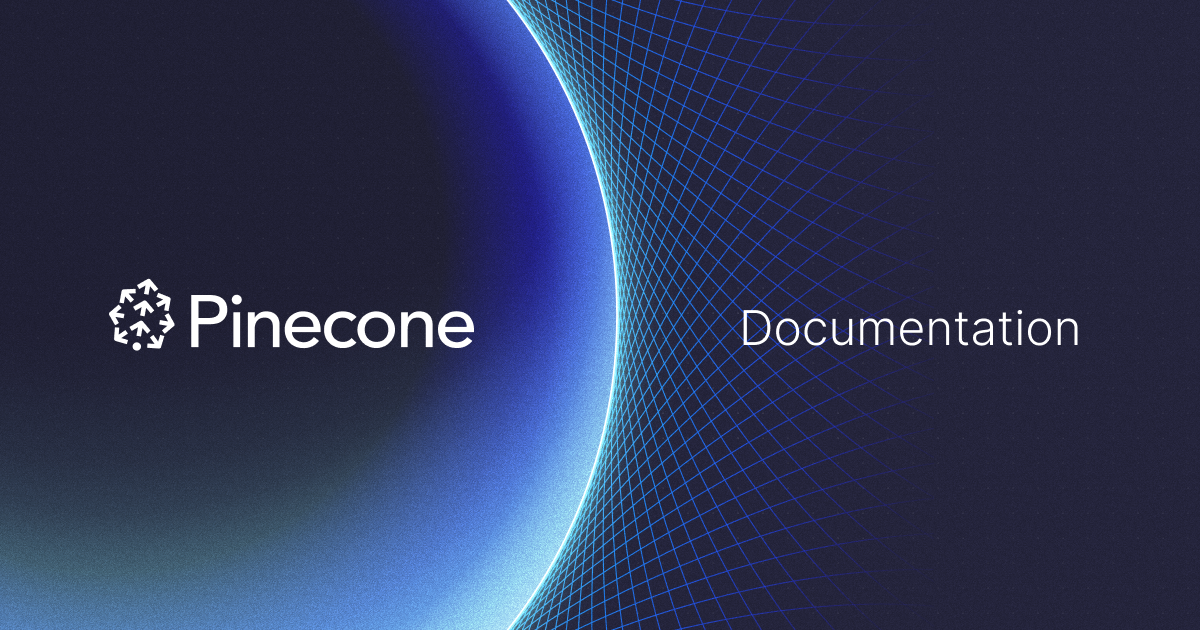

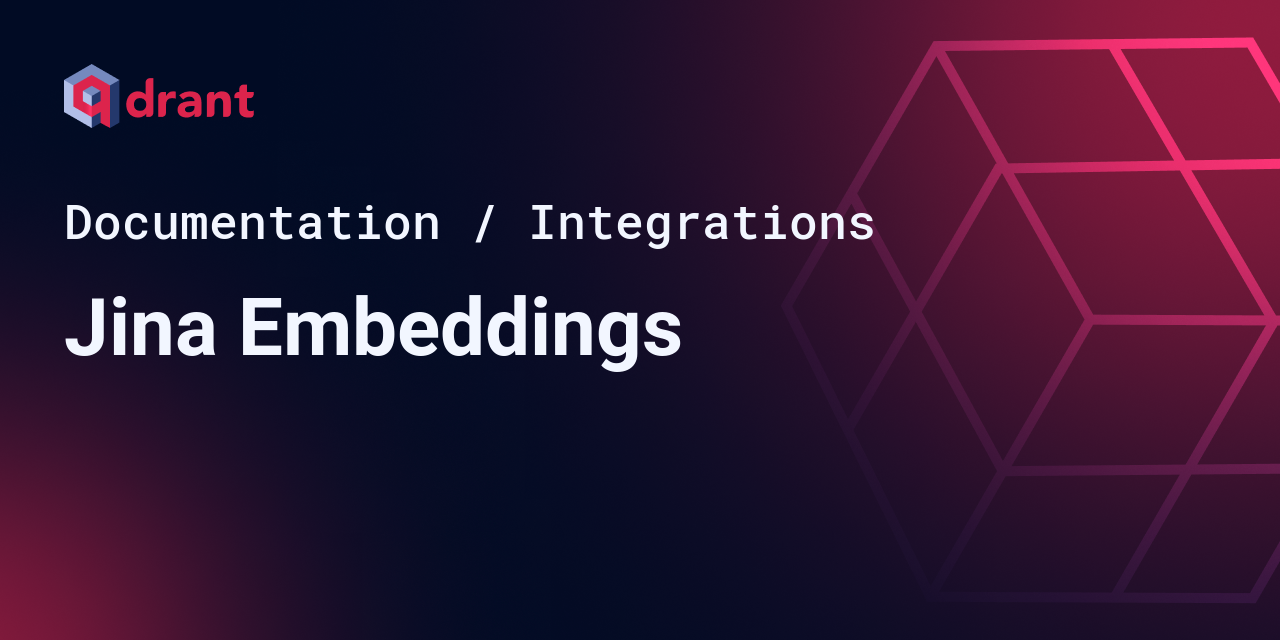
Conclusion
Building on our jina-clip-v1 release in June, which extended OpenAI's CLIP model with text input up to 8,192 tokens, and the frontier multilingual jina-embeddings-v3, jina-clip-v2 brings three major advances: multilingual support for 89 languages, increased image resolution at 512x512, and Matryoshka representation learning for more truncated embeddings.
CLIP-like models have established themselves as the backbone for general-purpose multimodal applications. With jina-clip-v2, we're taking these capabilities to the next level, breaking down language barriers to deliver more accurate cross-modal understanding and retrieval. We believe this release delivers a promise in making multimodal search and retrieval both more powerful and more accessible to developers worldwide.




